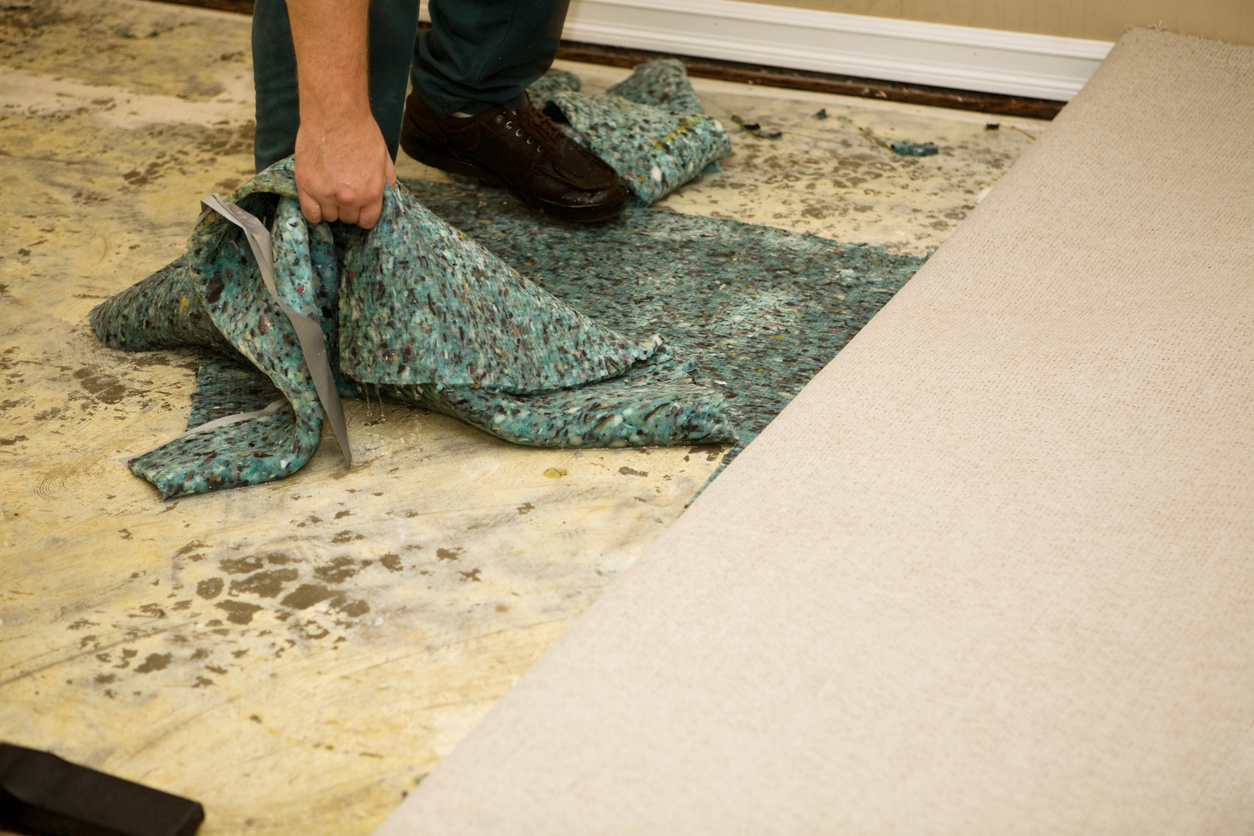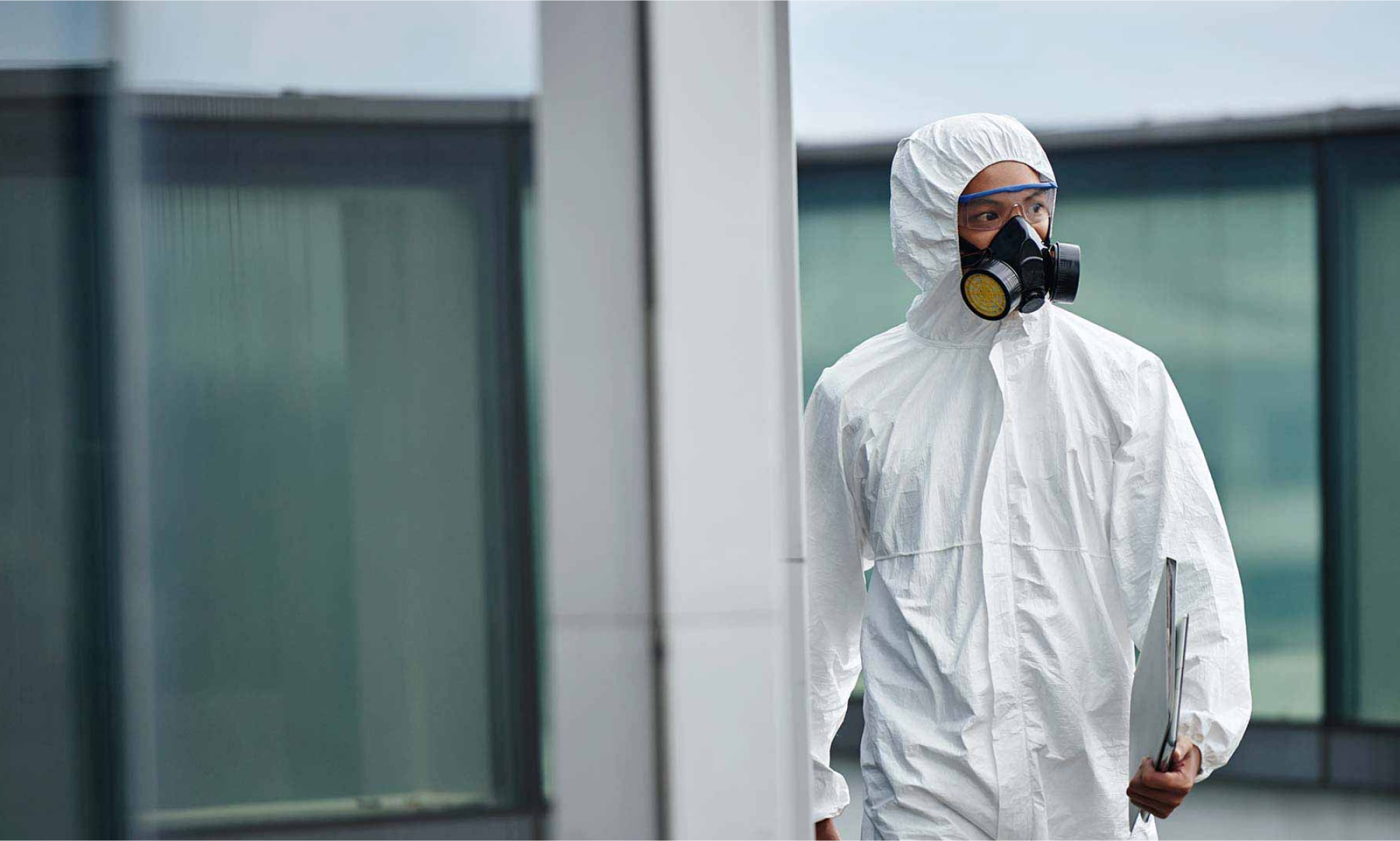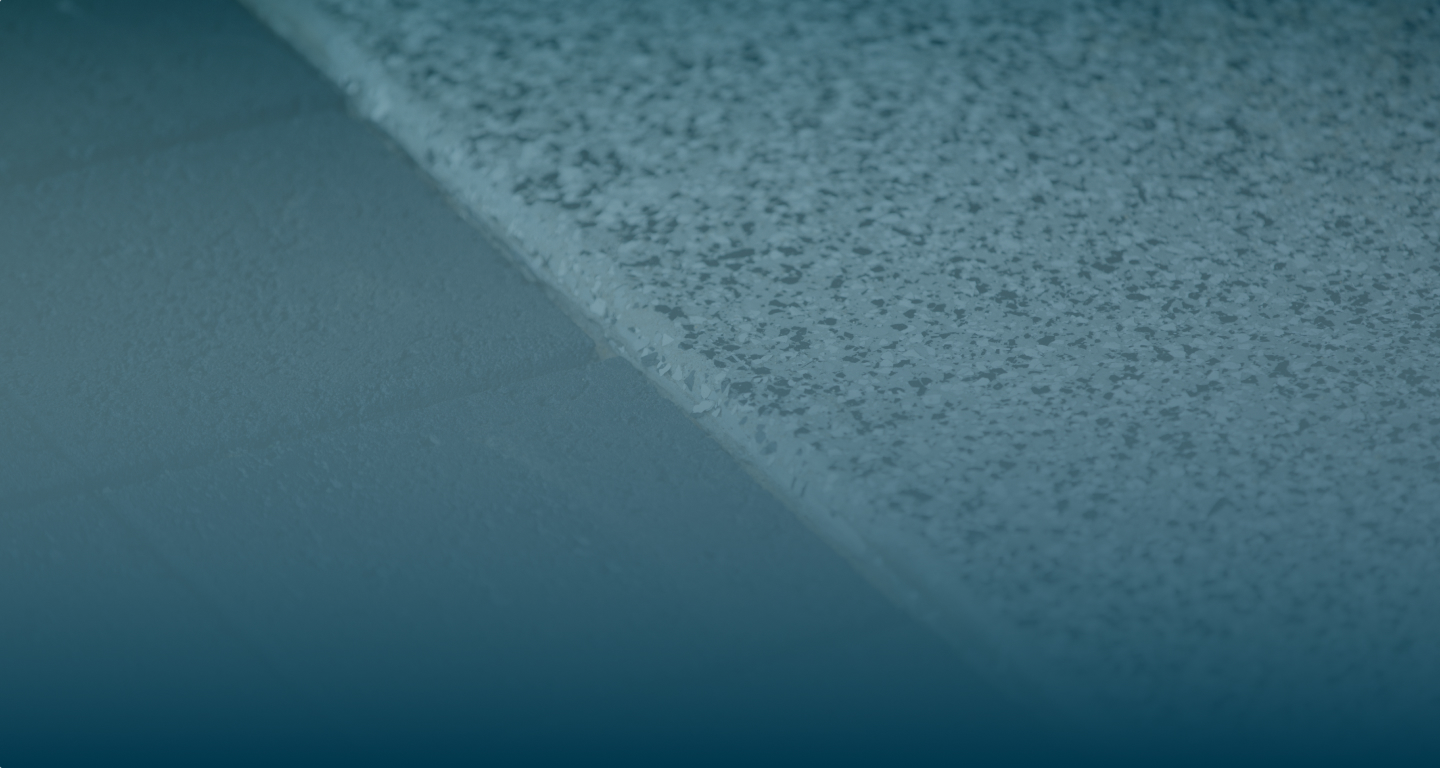Flood damage remediation covers a broad cross-section of trade services. Depending on the severity of flooding, your home or business may need anything from carpet cleaning to structural repairs. Kleenit is one of the many services that you may require to handle water damage restoration. We’re more than happy to collaborate with builders and other trades to get your property back in order as quickly as possible.
Types of water damage restoration
According to the Institute of Inspection Cleaning and Restoration (IICRC), there are three categories of water damage. The IICRC-500 industry-standard sets these out as:
- Category One: Clean water damage, such as from a broken/running tap or broken plumbing supply line.
- Category Two: Greywater damage where the water may contain contaminants or chemicals that would cause discomfort or health issues to occupants. This might include an appliance leaking, a broken fish tank, or possibly rainwater leaking through the roof.
- Category Three: Blackwater damage, which is anything likely to contain pathogens, such as a sewage back-up and overflow, or water from watercourses (in the case of flooded rivers or lakes).
No matter the floor situation, it’s wise to act as soon as possible to avoid further damage, illness, and mould growth. If there has been no specific ‘flood event’ but are detecting a mouldy smell in certain areas, contact Kleenit for information on mould removal. You can read some of our most recent flood response tips here.
Flood damage remediation: What to do
In a Category One situation, flood damage remediation involves removing the excess water from cavities and soaked carpet. So long as an area is safe from electrical shocks, remove items that may stain the floor, such as curtains, rugs, pot plants, books, wood and metal furniture. A professional wet-dry vacuum is then used on carpet to thoroughly clean it, followed by placing air dehumidifiers in affected spaces to ensure they dry quickly and won’t foster mould growth. We also use mild chemical treatments to kill existing mould preventing further spread.
In a Category Two or Three water damage event, you’ll need to protect yourself with gloves, goggles, boots, protective clothing and a respirator if you plan to perform any cleaning yourself in the home. If it’s safe to do so, turn off mains power, or at a minimum, the air conditioning to prevent pathogens from cycling into your system. Close doors and windows while you await a professional cleaner to assess the situation.
Note: Houses built before 1990 in Australia are likely to contain asbestos cement products; it’s important to consider protective gear before interfering with damaged cladding, floor tiles or roof tiles.
Flood remediation services
Beyond the ‘soggy carpet’ that comes to mind most when thinking of flooding, moisture can become trapped between wall coverings and inside plaster walls, creating damp environments that spur mould growth.
As part of our special cleaning services, Kleenit employs a wide range of equipment in flood damage remediation. Depending on the situation and severity of the damage, we may use:
- Moisture meters to detect wet areas
- Professional pressure cleaners
- Negative air machines with HEPA filters
- Self-contained vacuum equipment
- Fans, air dehumidifiers and/or heaters
- Generators (where power isn’t available)
- Mould-killing and anti-bacterial solutions
- Personal protective equipment
Disposal following flood damage remediation
In cases of grey- and blackwater events, some materials may need to be disposed of and treated as a potential biohazard. A clean-water flooded area that has been left unchecked may also harbour a build-up of mould, bacteria and other dangerous pathogens. Removing materials that may contain asbestos, especially friable (crumbly) asbestos, is another danger. Discuss the risks with your contractor or tradespeople before commencing work and the potential of additional costs for disposing of such materials.
For more information on flood damage remediation for your commercial or residential property, get in touch with Kleenit to arrange an obligation-free consultation.




